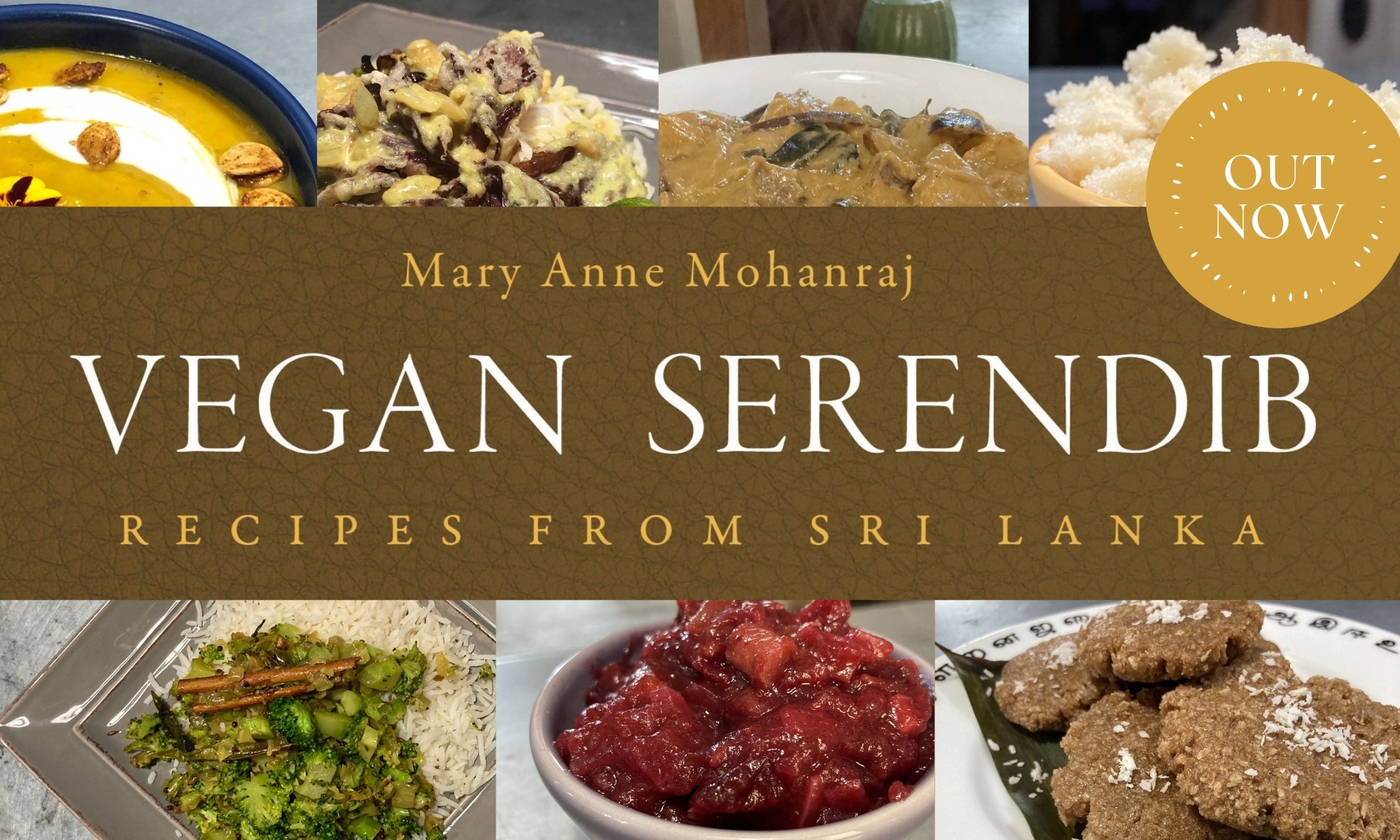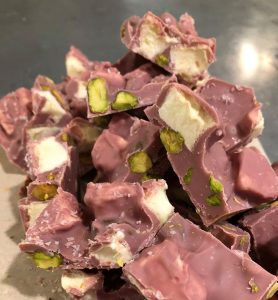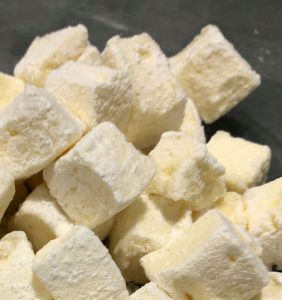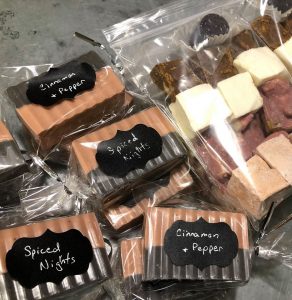CONTEST! We have actually made enough progress on A Feast of Serendib Kickstarter fulfillment orders that I can see through the stacks to the other side! I might actually be able to use my dining table for board gaming tomorrow. Very exciting.
So in honor of that, I’m holding a little contest. Here are the rules:
1) Between now and Sunday night 11/24/19 at midnight CST, post a photo in the comments to this thread.
https://www.facebook.com/photo.php?fbid=10160163311494616&set=a.10150140183694616&type=3&permPage=1
It can be:
– you with your copy of Feast (1 entry)
– a dish you’ve made from the cookbook or the website (1 entry) — comments on the dish are welcome, but not required!
(You can enter twice this way! No purchase necessary to enter!)
2) If you also post either / both on your own wall, with the hashtag #serendibkitchen, make a note of that — we’ll count those as separate entries too!
So you can, in theory, enter 4 separate times (with two different photos)! (I hope that’s clear….)
On Monday morning, I’ll have Stephanie randomly choose one from the pool of entries to get a free hardcover cookbook and a set of recipe postcards shipped to them! Good luck!
(I may use these photos on my Serendib Kitchen website as promotion at some point, just fyi.)
#serendibkitchen
#blog




























